 So, West Philadelphia’s beautiful, urban Clark Park is home to the world’s only full-size statue of Charles Dickens. Why is the there only one such statue in this great big world of ours and why is it in Clark Park? Follow the link for a good, concise answer to that question. Perhaps this letter, part of the Rosenbach’s sizable collection of Dickens holdings, can help elucidate the matter:
So, West Philadelphia’s beautiful, urban Clark Park is home to the world’s only full-size statue of Charles Dickens. Why is the there only one such statue in this great big world of ours and why is it in Clark Park? Follow the link for a good, concise answer to that question. Perhaps this letter, part of the Rosenbach’s sizable collection of Dickens holdings, can help elucidate the matter:
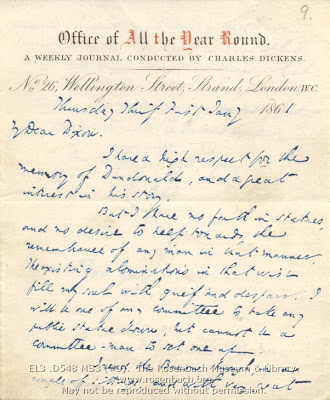 Charles Dickens (1812-1870). Charles Dickens, ALs: to William Hepworth Dixon
Charles Dickens (1812-1870). Charles Dickens, ALs: to William Hepworth Dixon
London: May 8, 1861. EL3 .D548 MS3 (#9)
Dickens writes, “I have no faith in statues and no desire to help towards the remembrance of any man in that manner.” So he’s not into statues. Ah, but he continues with this money quote: “The existing abominations in that wise fill my soul with grief and despair.” The man clearly had some strong feelings about statuary. But then it almost sounds like he’s ready to join some kind of anti-statuary Monkey Wrench Gang: “I will be one of any committee to take any public statue down, but cannot be a committee-man to set one up.”
The Rosenbach has another set of letters between Dickens and Dixon regarding a statue of Shakespeare. “I dread the vision of a statue… shiver and tremble at the thought of another graven image in some public place,” he writes. He felt Shakespeare’s best monument was his work and that the money would be better used to finance scholarships. Nonetheless, he did put up £10 for the project. I wonder if his willingness, albeit reluctant, to memorialize Shakespeare in this wise indicated anything about his feelings toward the Bard…
I dunno about you, but reading these letters, I think that maybe Dickens had a phobia of statutes. Maybe he feared them the same way Billy Bob Thornton fears silverware or Benjamin Disraeli’s hair: a deep, instinctual, mortal terror. Maybe Dickens would be terrified to set foot in Clark Park today. That’s too bad. It’s so pleasant. And where else are you gonna go sledding in University City on a snow day? We just want to praise Dickens, not traumatize him.
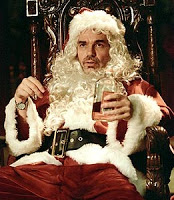
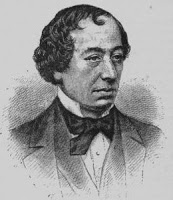
Aside: am I reading Martha Rosso’s article correctly — it’s basically illegal to erect statues of Dickens in England? Because he said so in his will? So you can effectively outlaw things through your will? Anyone who can elucidate this question for me will be heartily thanked in this space. Because I’d like to know how to outlaw the sauteing of mushrooms just because the smell makes me so sick. I may have to continue dealing with that foul aroma, but if I can prevent anyone else from having to do so after I’m gone, I’ll have left a legacy I can be proud of. Then again, maybe I should focus on something that truly does does fill my soul with grief and despair.
Moving on, the Rosenbach has a copy of the last photograph ever taken of Dickens. This one also claims to have Dickens’s last known signature on the reverse, supposedly written just hours before his death on June 9, 1870. So maybe we can leave off with that image as a more fitting, or perhaps less frightening, tribute to the great writer.
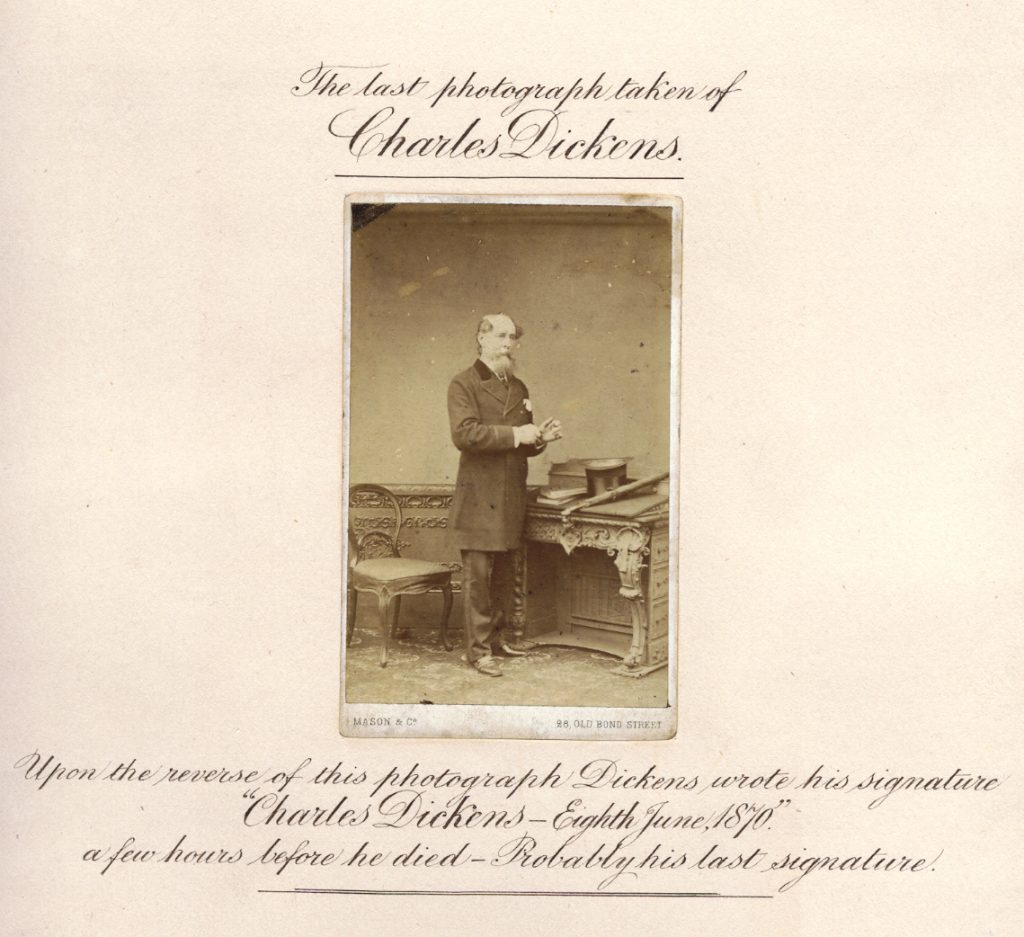
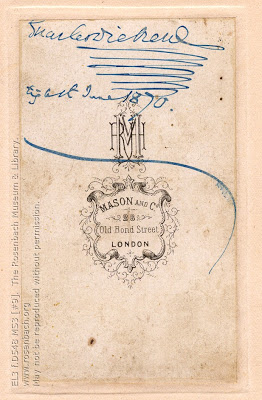
Two last notes: if you’re a Dickens fan, the 101st International Conference of the Dickens Fellowship will be hosted by the Philadelphia Chapter this year. Book dealer Charles Sessler founded the Philadelphia chapter in 1907. Even though Philip Rosenbach considered Sessler a mortal enemy for some unknown reason, we’ve buried the hatchet and are happy to invite any and all of Sessler’s fellow Dickens enthusiasts to pay us a visit to see our Dickens material first hand. As long as you’re nice to the Clark Park statue.
Secondly, this post, or at least any meritorious components thereof, are affectionately dedicated to Mr. Mel Lovett.
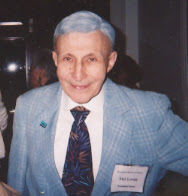
Mel is a beloved Rosenbach docent, now in his twentieth year of dedicated service to the museum. He recently explained in our Docent Newsletter that he’d choose Dickens as his ultimate dinner guest: “[Dickens] has seen so much of life, the good and the bad. He has compassion for his characters, who find life so unforgiving at times. He shows us how nearsighted people can be. He teaches us to look outside ourselves for inspiration.” Mel also volunteers his time at St. Christopher’s Hospital, the Moore School, and the Pennsylvania Economy League. He is a kind, decent, gracious, and generous man. We’re lucky to have him here leading tours every Thursday, always giving our visitors their money’s worth.
